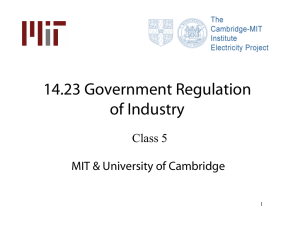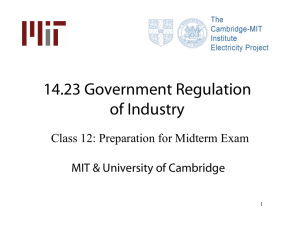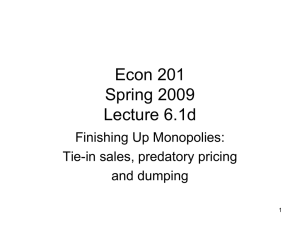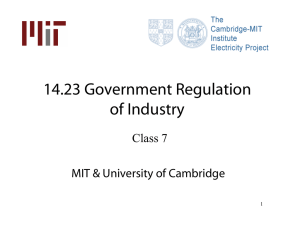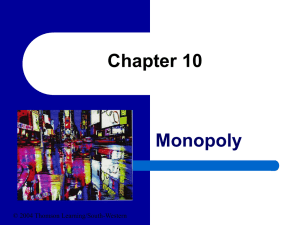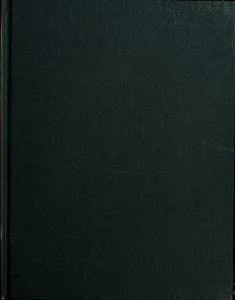Exam of Economic Regulation Why should the government
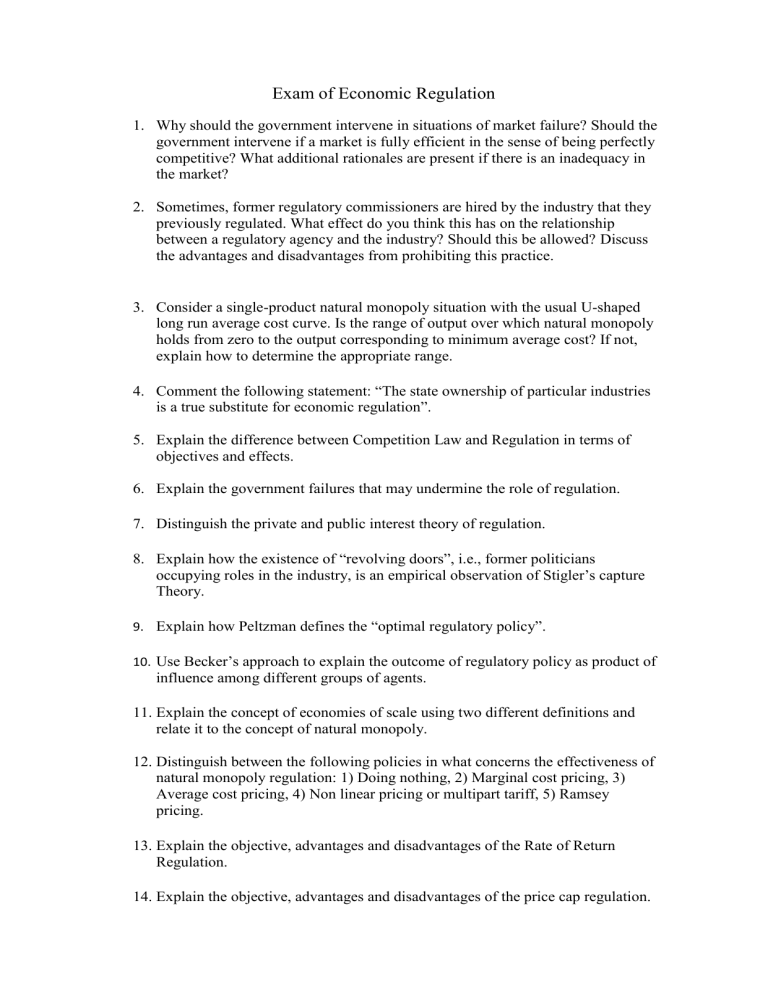
Exam of Economic Regulation
1.
Why should the government intervene in situations of market failure? Should the government intervene if a market is fully efficient in the sense of being perfectly competitive? What additional rationales are present if there is an inadequacy in the market?
2.
Sometimes, former regulatory commissioners are hired by the industry that they previously regulated. What effect do you think this has on the relationship between a regulatory agency and the industry? Should this be allowed? Discuss the advantages and disadvantages from prohibiting this practice.
3.
Consider a single-product natural monopoly situation with the usual U-shaped long run average cost curve. Is the range of output over which natural monopoly holds from zero to the output corresponding to minimum average cost? If not, explain how to determine the appropriate range.
4.
Comment the following statement: “The state ownership of particular industries is a true substitute for economic regulation”.
5.
Explain the difference between Competition Law and Regulation in terms of objectives and effects.
6.
Explain the government failures that may undermine the role of regulation.
7.
Distinguish the private and public interest theory of regulation.
8.
Explain how the existence of “revolving doors”, i.e., former politicians occupying roles in the industry, is an empirical observation of Stigler’s capture
Theory.
9.
Explain how Peltzman defines the “optimal regulatory policy”.
10.
Use Becker’s approach to explain the outcome of regulatory policy as product of influence among different groups of agents.
11.
Explain the concept of economies of scale using two different definitions and relate it to the concept of natural monopoly.
12.
Distinguish between the following policies in what concerns the effectiveness of natural monopoly regulation: 1) Doing nothing, 2) Marginal cost pricing, 3)
Average cost pricing, 4) Non linear pricing or multipart tariff, 5) Ramsey pricing.
13.
Explain the objective, advantages and disadvantages of the Rate of Return
Regulation.
14.
Explain the objective, advantages and disadvantages of the price cap regulation.
15.
Explain the objective, advantages and disadvantages of the yardstick regulation.
16.
Explain the difference in terms of the need for regulation of a natural sustainable monopoly and a natural unsustainable monopoly.
17.
Explain in brief terms the results of the paper that you presented in class.





